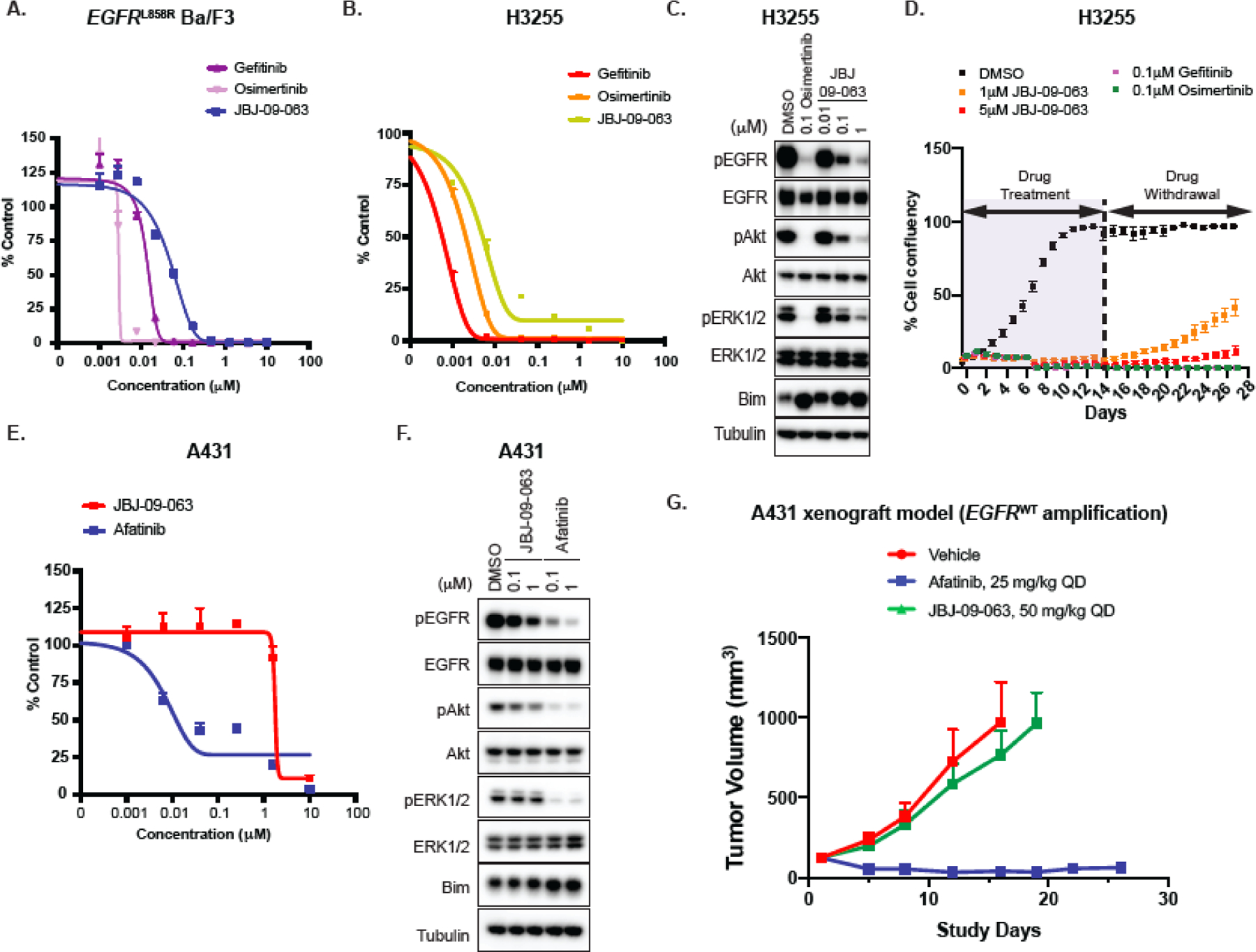Figure 4. JBJ-09-063 is effective in TKI naïve EGFR L858R mutant models.

(A) Cell viability of EGFRL858R Ba/F3 cells following treatment with gefitinib, osimertinib or JBJ-09-063. (B) Cell inhibitory activity and (C) Western Blot analyses of H3255 cells cultured in RPMI media and treated with indicated concentrations of specific inhibitors for 72 hours and 24 hours respectively. (D) Long-term cell growth activity measured as confluency (%) in H3255 parental cells cultured in RPMI media and treated with indicated concentrations of JBJ-09-063, gefitinib or osimertinib for two weeks followed by drug withdrawal for another two weeks. (E) Cell viability and (F) Western Blot analyses of A431 cells treated with increasing concentrations of JBJ-09-063 and afatinib. Data shown in A, B, D, E are representative experiments that were repeated at least three times. Cell viability was graphed as a percentage relative to DMSO control. (G) Efficacy studies examining the effect of JBJ-09-063 or afatinib as single agents in the A431 xenograft model. Mice in the in vivo studies were treated after tumor development for 30 days. Data is shown as a group mean of tumor volume ± SEM relative to the start of treatment (Tumor volume (mm3)) for all available data at the indicated timepoint (Study Days).
